Ninety Days in Unreal Engine 5
Many years ago, during the early days of Quixel, we had an epiphany: if Quixel Megascans is realized in the way we envision, the creation of high-quality 3D content should take a fraction of the time it currently requires–days, or even hours, rather than weeks or months.
Fast forward to 2022 and the arrival of Unreal Engine 5. We wanted to see what was possible when you pair the world’s most open and advanced real-time 3D tool with Quixel Megascans, as well as assets from both Sketchfab and the Unreal Engine Marketplace. So we set a challenge for ourselves, a project we call ‘Ninety Days’.
The Ninety Days project kicked off with just three core artists and a simple concept: make something beautiful and inspiring, keep it real-time, and if possible, build each environment in just three days.

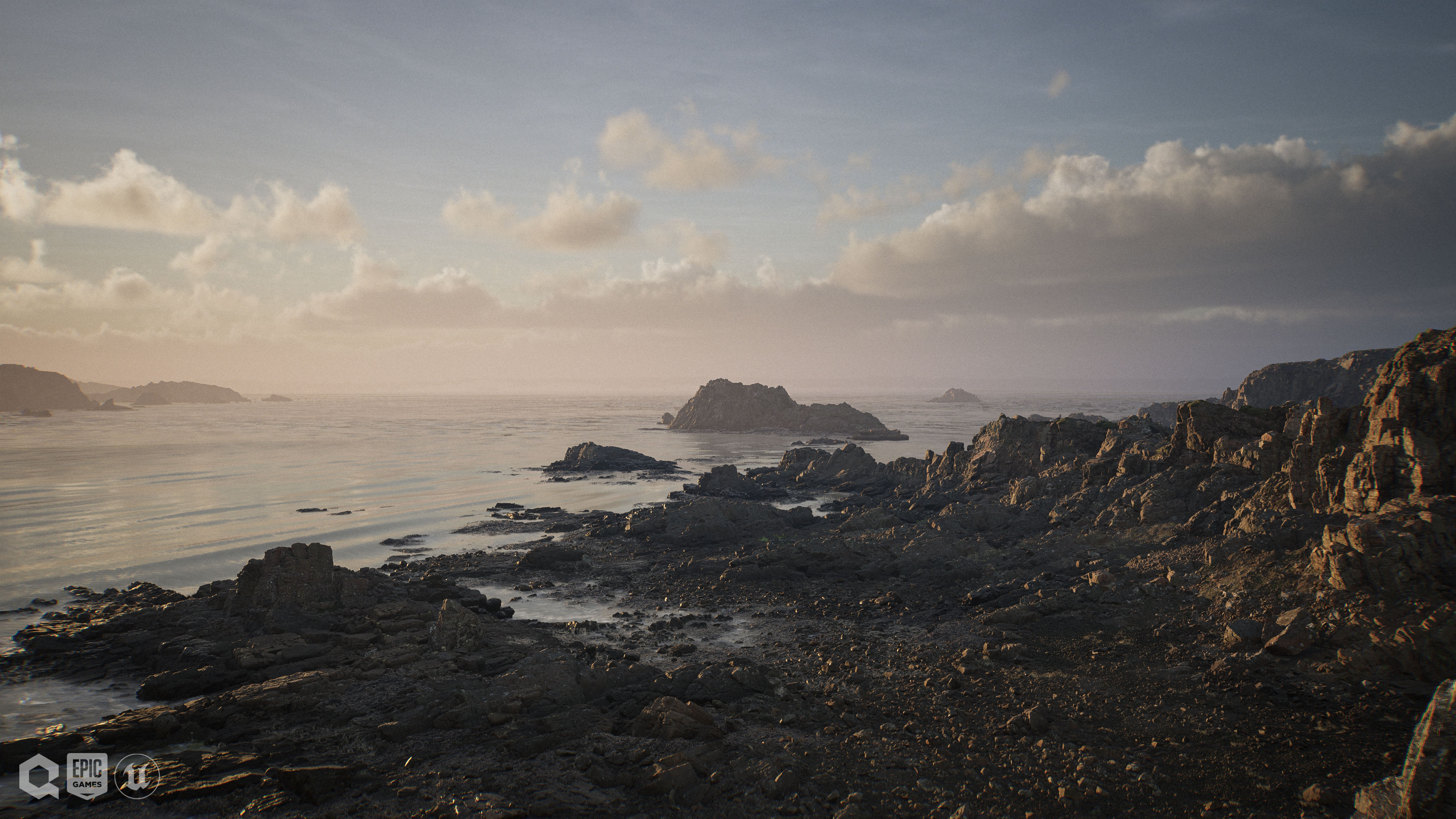
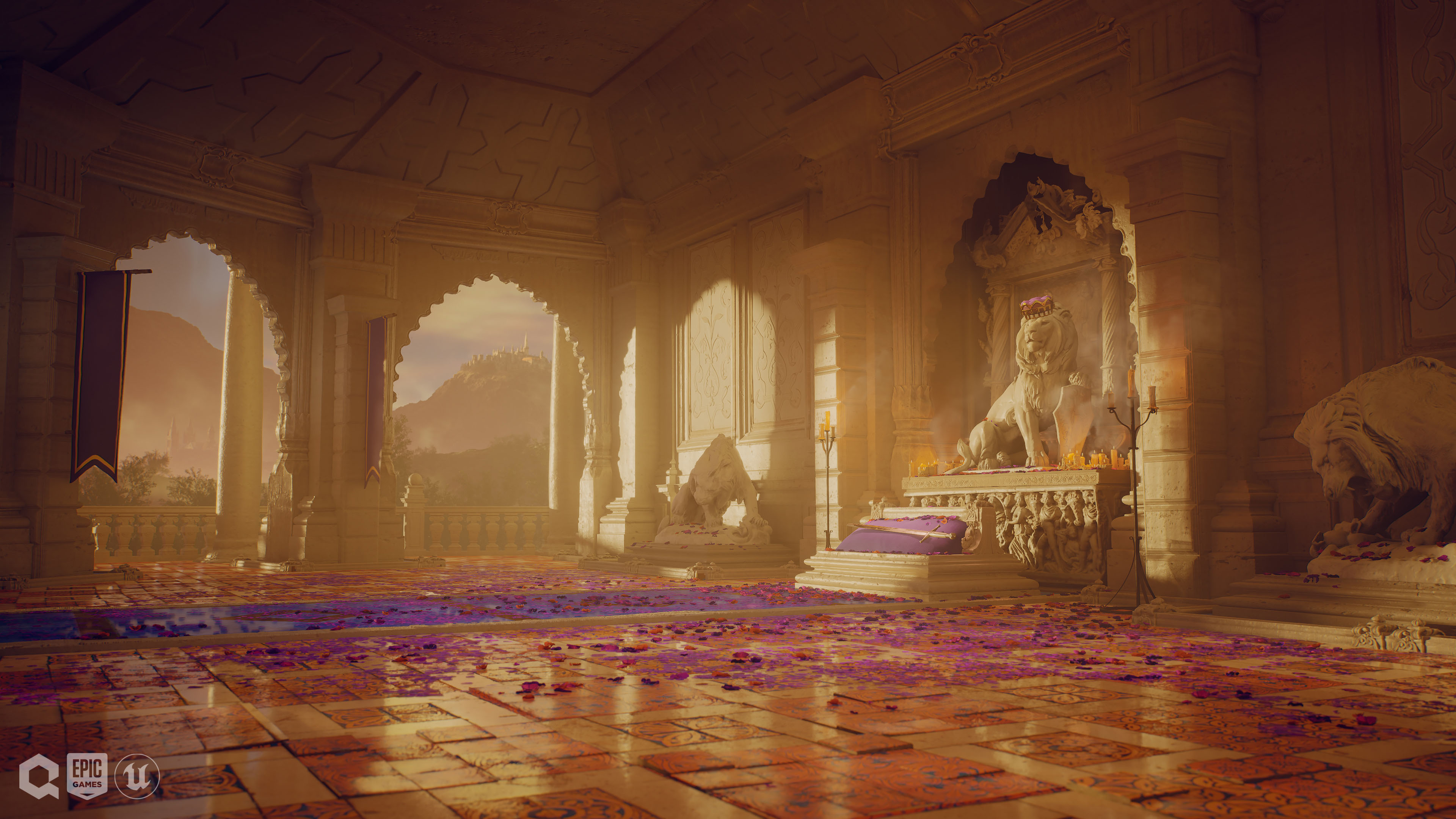
As the team gained momentum, we invited a handful of additional artists from inside Epic to join us, all from completely different disciplines. Not only would this be more interesting and diversify the look and feel of the end product, but it would also test a mantra we keep here at Quixel: ‘Make art easy’.
We wanted to know, was what we were doing truly ‘easy’?
The answer to that question may be different for everyone, but what we quickly discovered was that with Unreal Engine 5 and Quixel Megascans, creating high-quality content is easier and faster than ever before.
“Working on several different environments that convey varied stories and moods was extremely fast and iterative using Unreal Engine 5 and Quixel Megascans. This project made me realize how quickly you can put scenes together that hit the detail level of animated films in real time.” – Alec Tucker, Cinematic Environment Artist, Quixel, Epic Games.
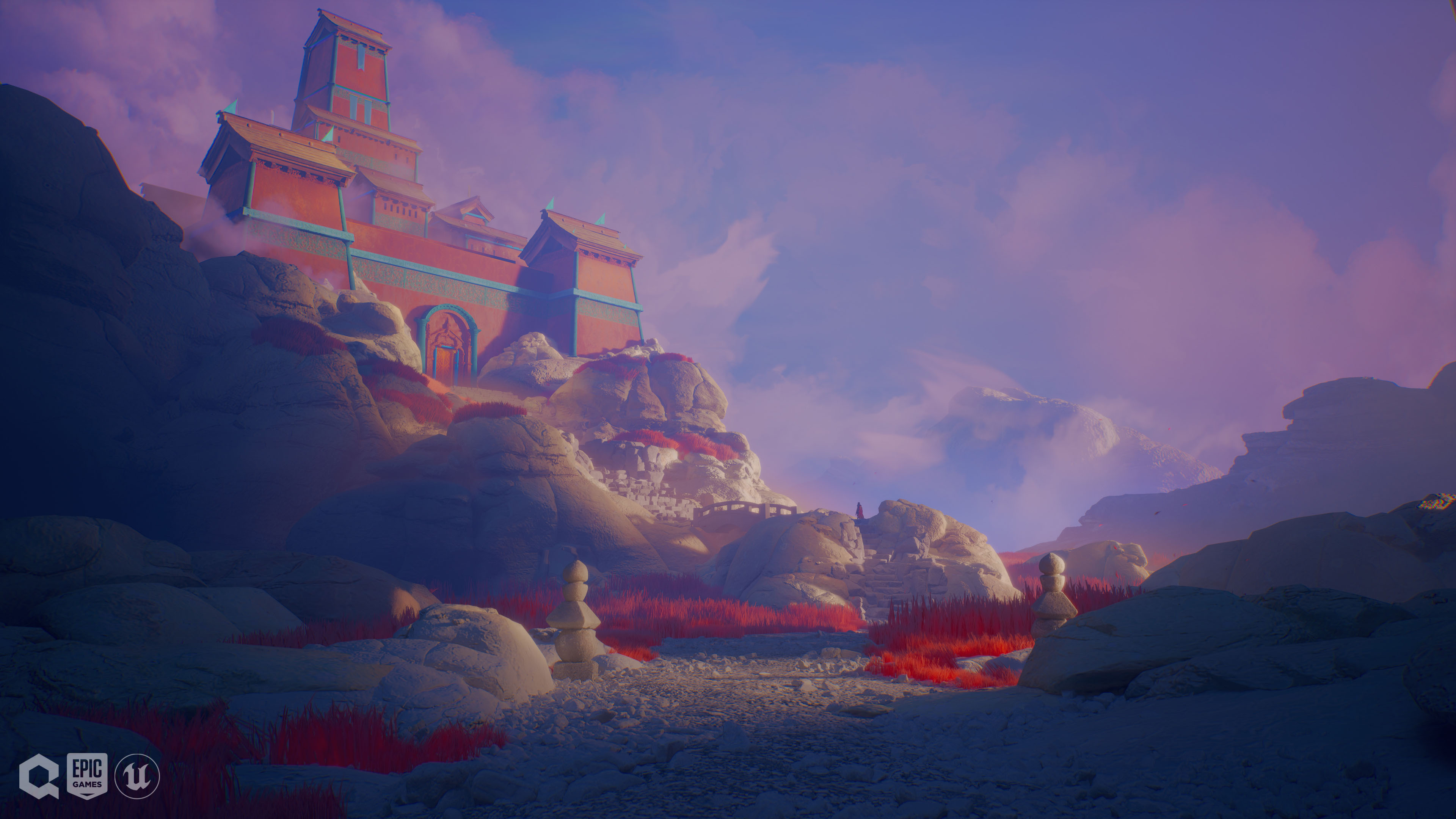
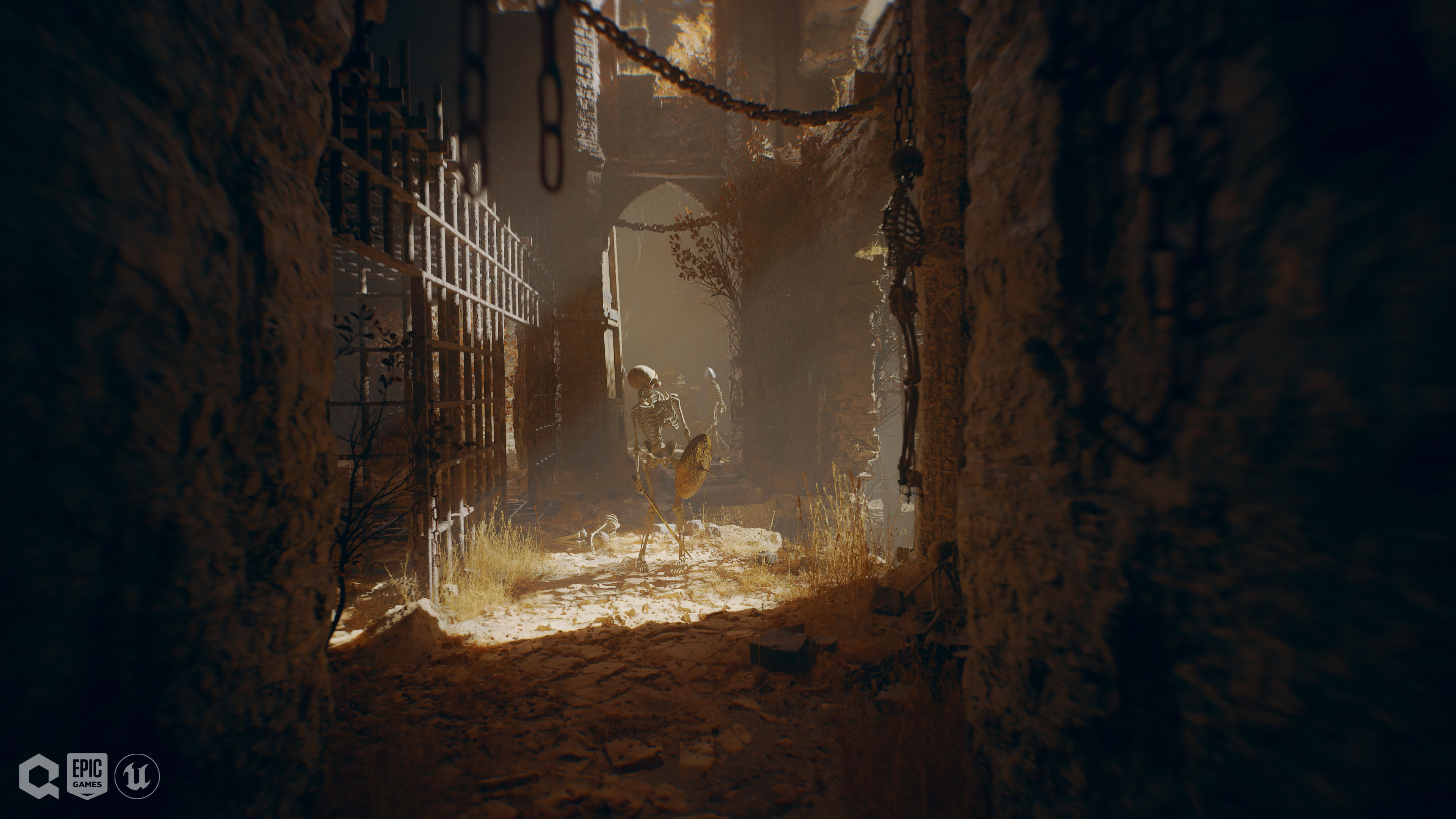
Lumen, UE5’s fully dynamic global illumination system, provides an incredible amount of freedom and empowers you to visualize scenes where indirect lighting adapts on the fly, naturally lightening your landscape and creating incredible realism. And Nanite unlocks the ability to use high-quality assets from the Megascans library without spending time worrying about your polygon budgets; instead, you can focus on creating the best asset possible.
“Despite having learned dozens of software packages that do all sorts of things along the way I feel that I’ve added more skills and tools to my belt during the Ninety Days project than in the last five years of my career. It’s mind-boggling how much can be done straight inside of Unreal Engine 5.” – Wiktor Öhman, Product Strategist and Lead Artist, Quixel, Epic Games.
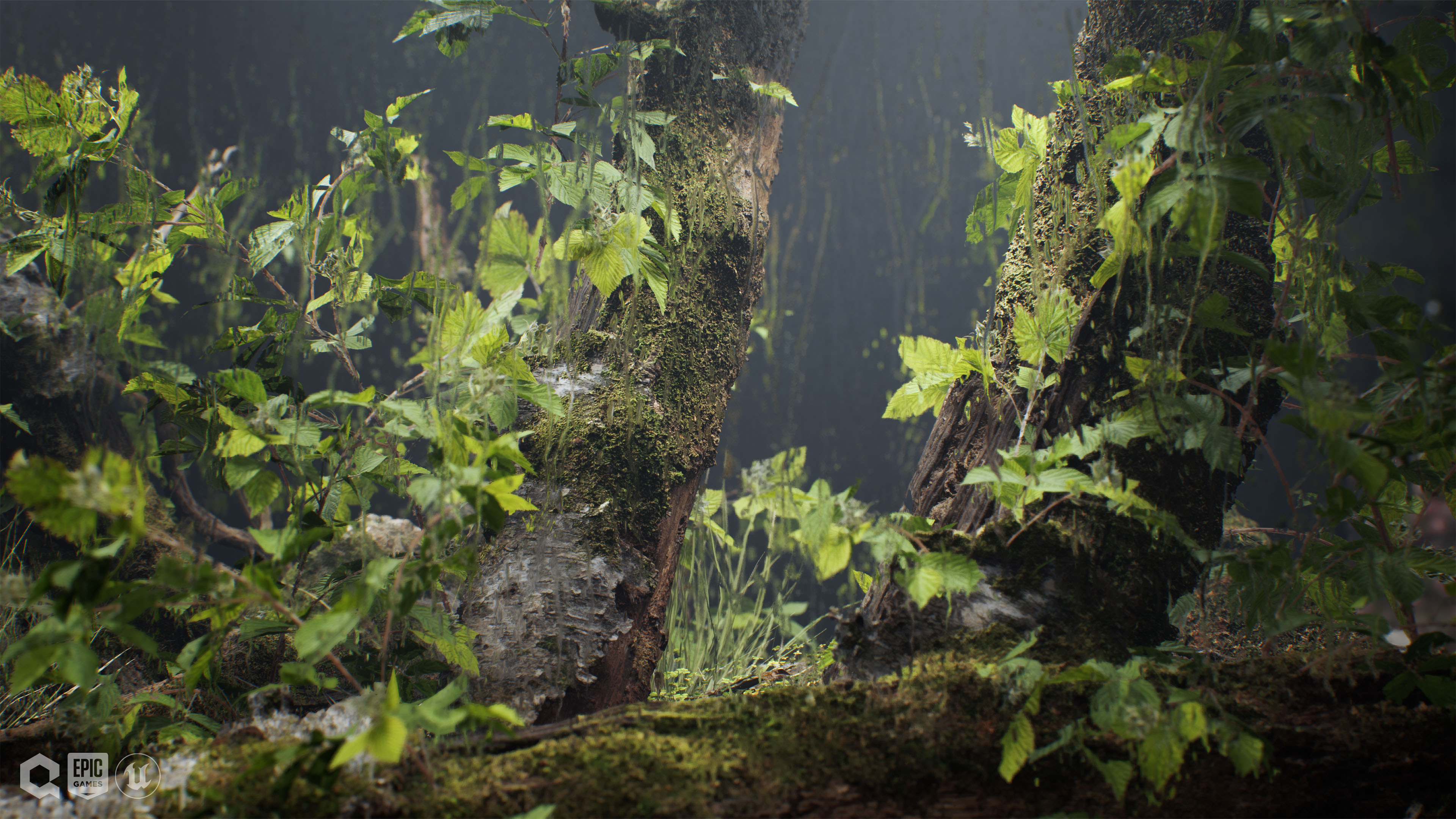
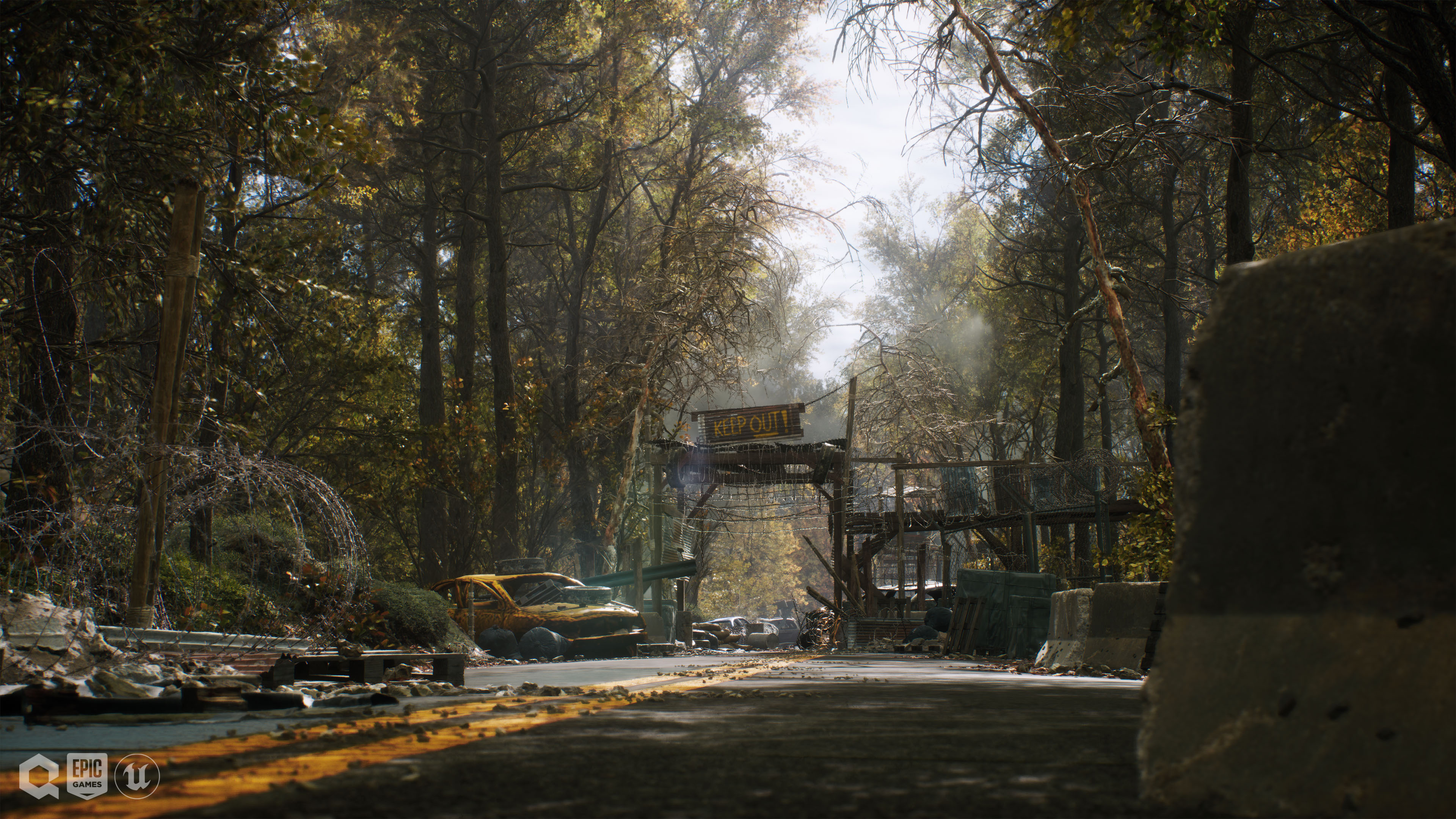
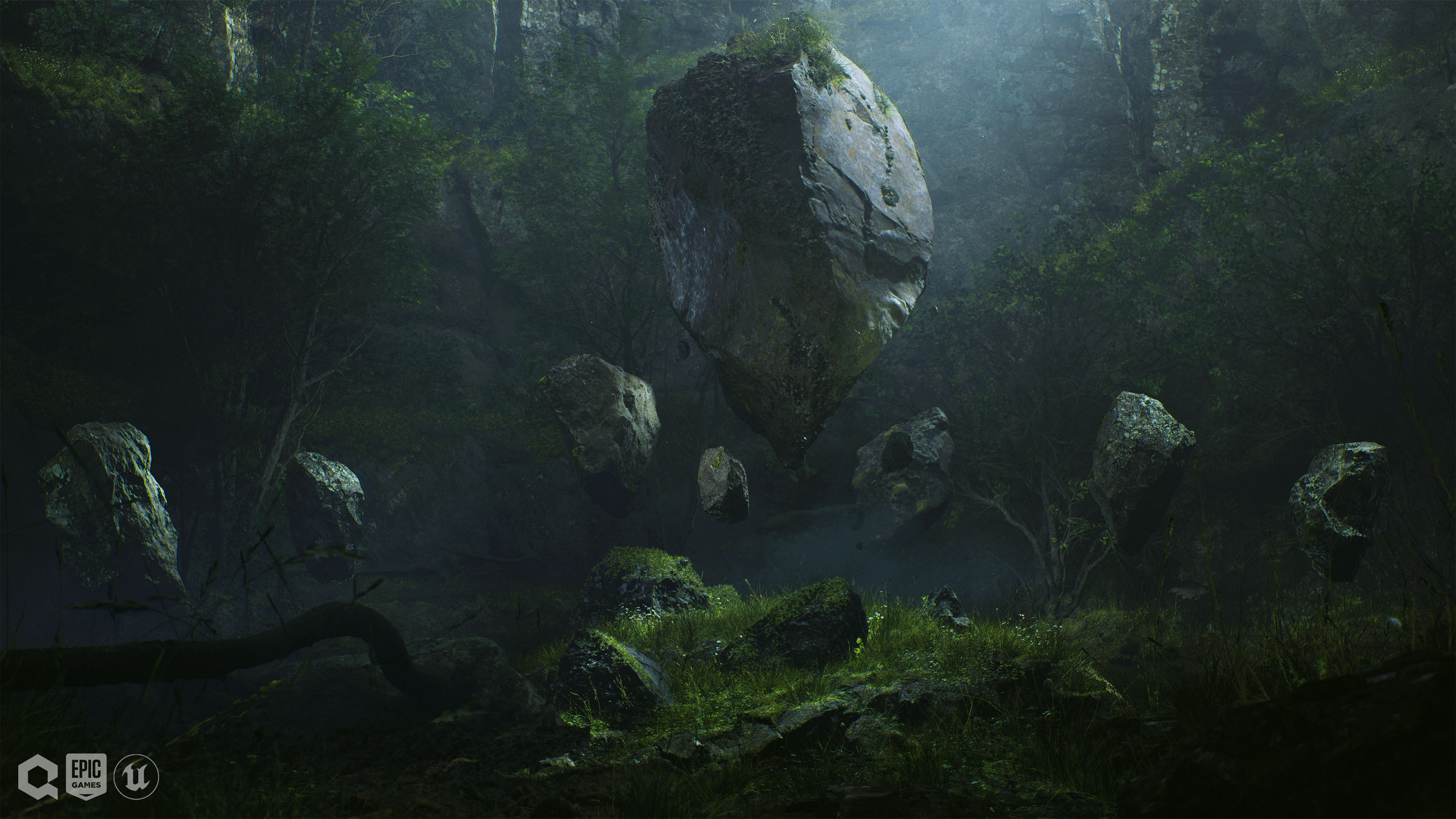
Although this was originally intended as a fun experiment and an opportunity to get hands-on experience with Unreal Engine 5, what our small team was able to accomplish far exceeded our wildest expectations, creating over 40 distinctly stunning environments in just a few days each–something that would’ve been unimaginable just a few years ago.
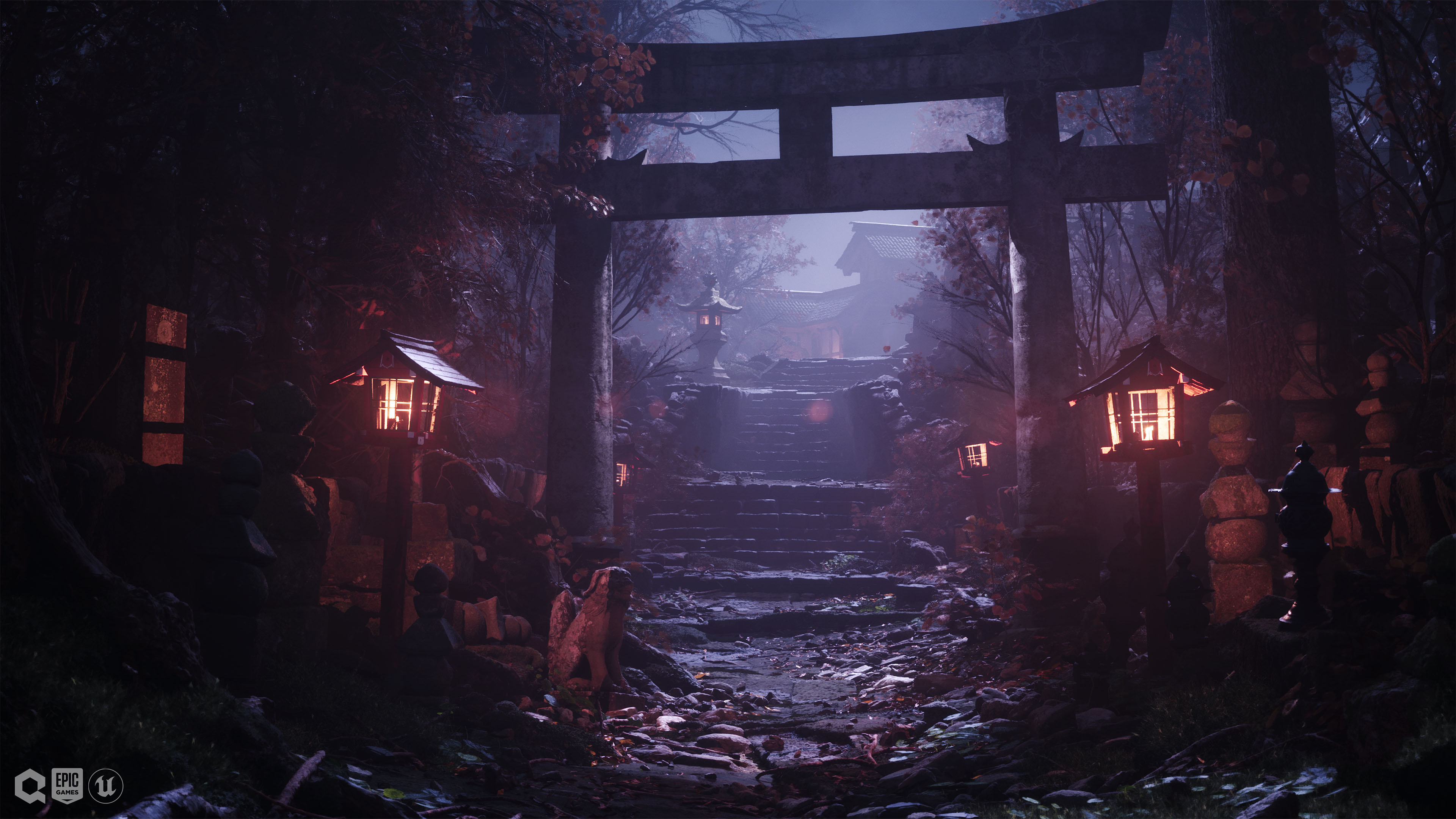

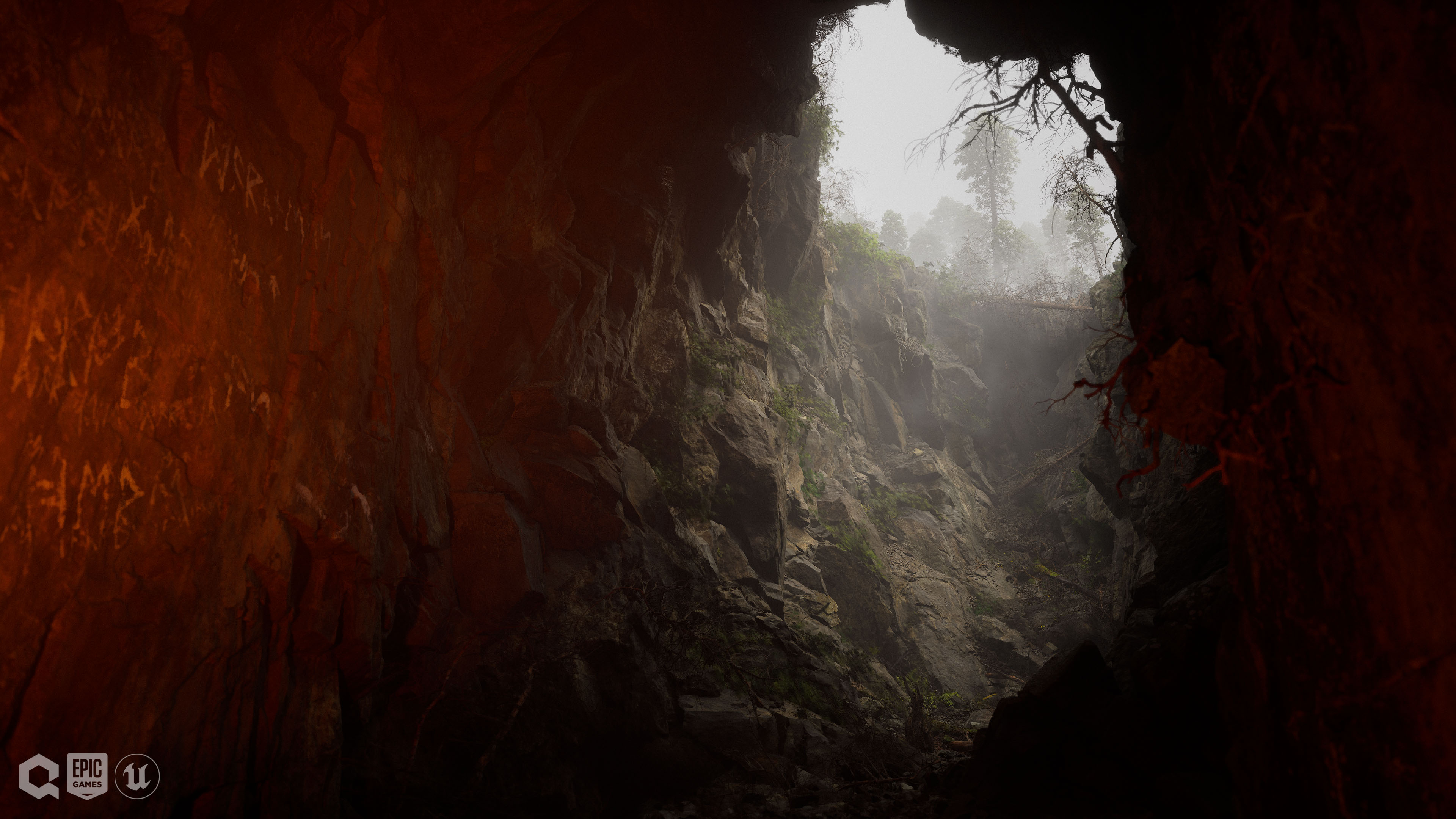

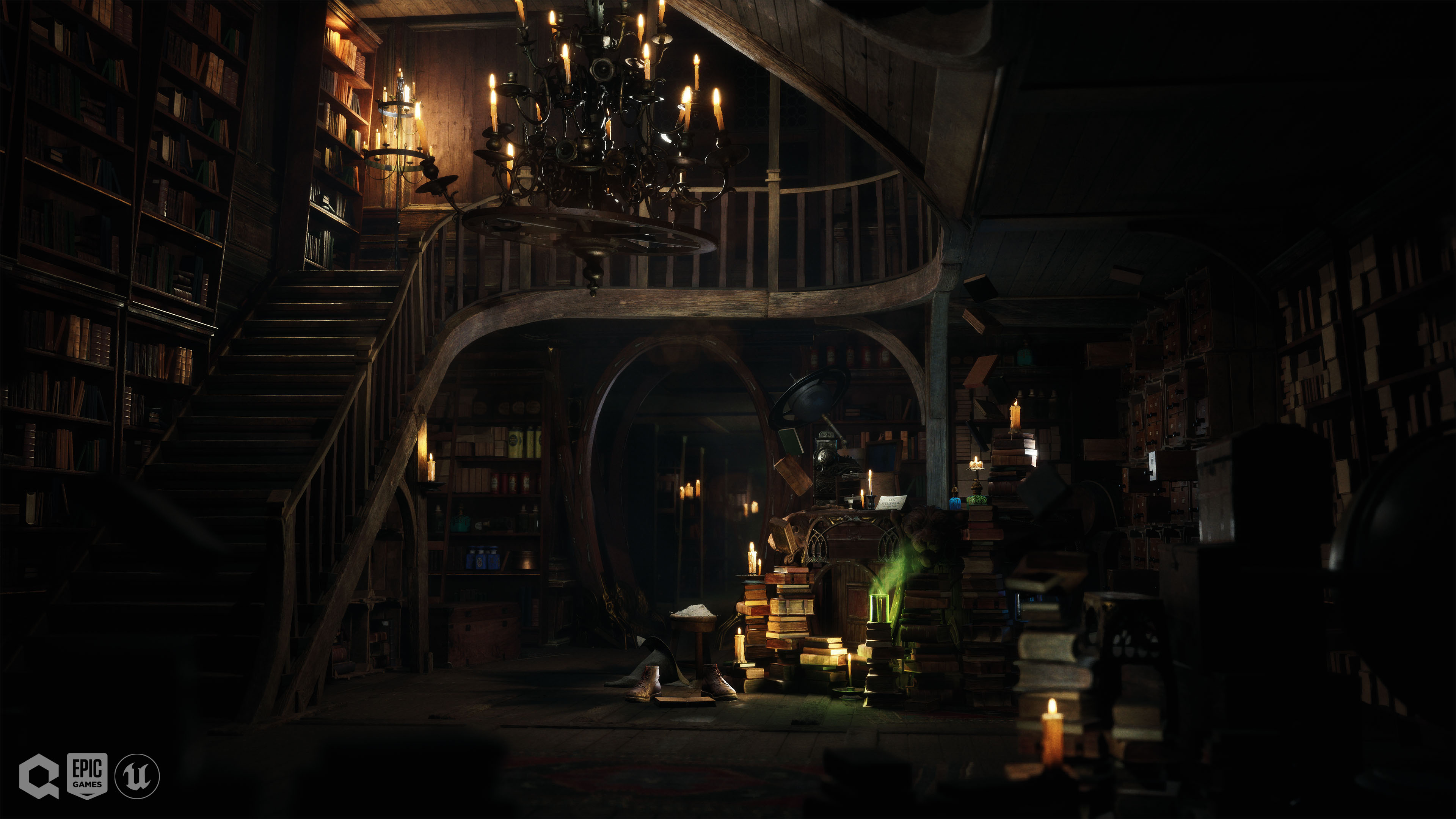
We walked away from this project not only with a better understanding of the Unreal Engine ecosystem, but also filled with excitement, both for what we managed to build and for what the future has in store. If this is what we can achieve in just a few short days, we can’t wait to see what talented creators like yourself come up with in the next 90 days and many years to come.
We’d like to thank all the super talented creators whose contributions helped make the ‘Ninety Days in Unreal Engine 5’ project possible. For more art from the Ninety Days project check out our Art Blast on ArtStation.
Creating Ninety Days
That’s not all, we’ve created a series of short videos breaking down the various processes used in the making of the Ninety Days, from the perspective of our environment artists.
You can follow the journey as these tutorials take in a bird’s eye view on the what, why and how of Ninety Days, giving you a behind the scenes experience of the various environments seen in the showcase.
Start with the first episode below or go through the full playlist here.



